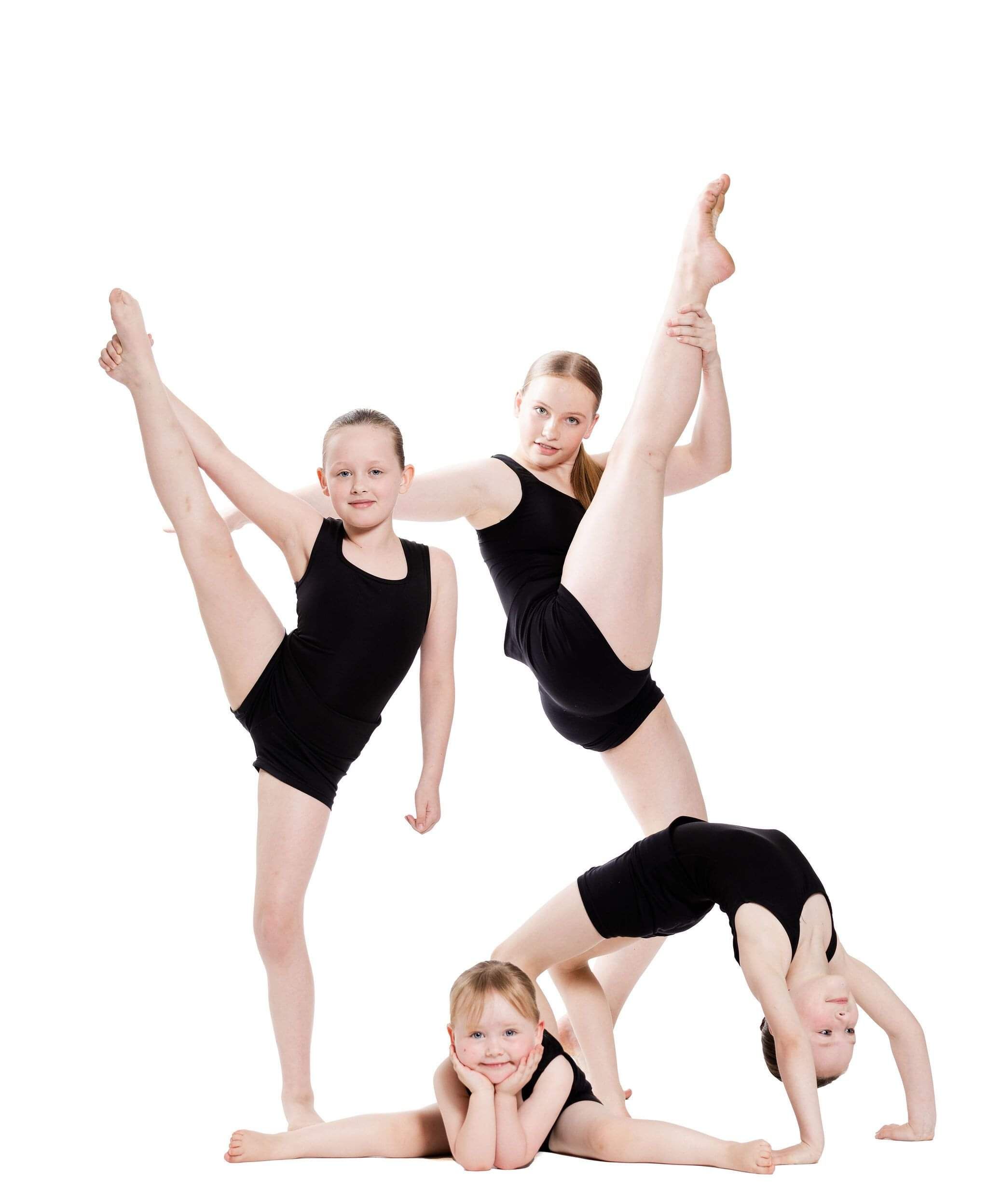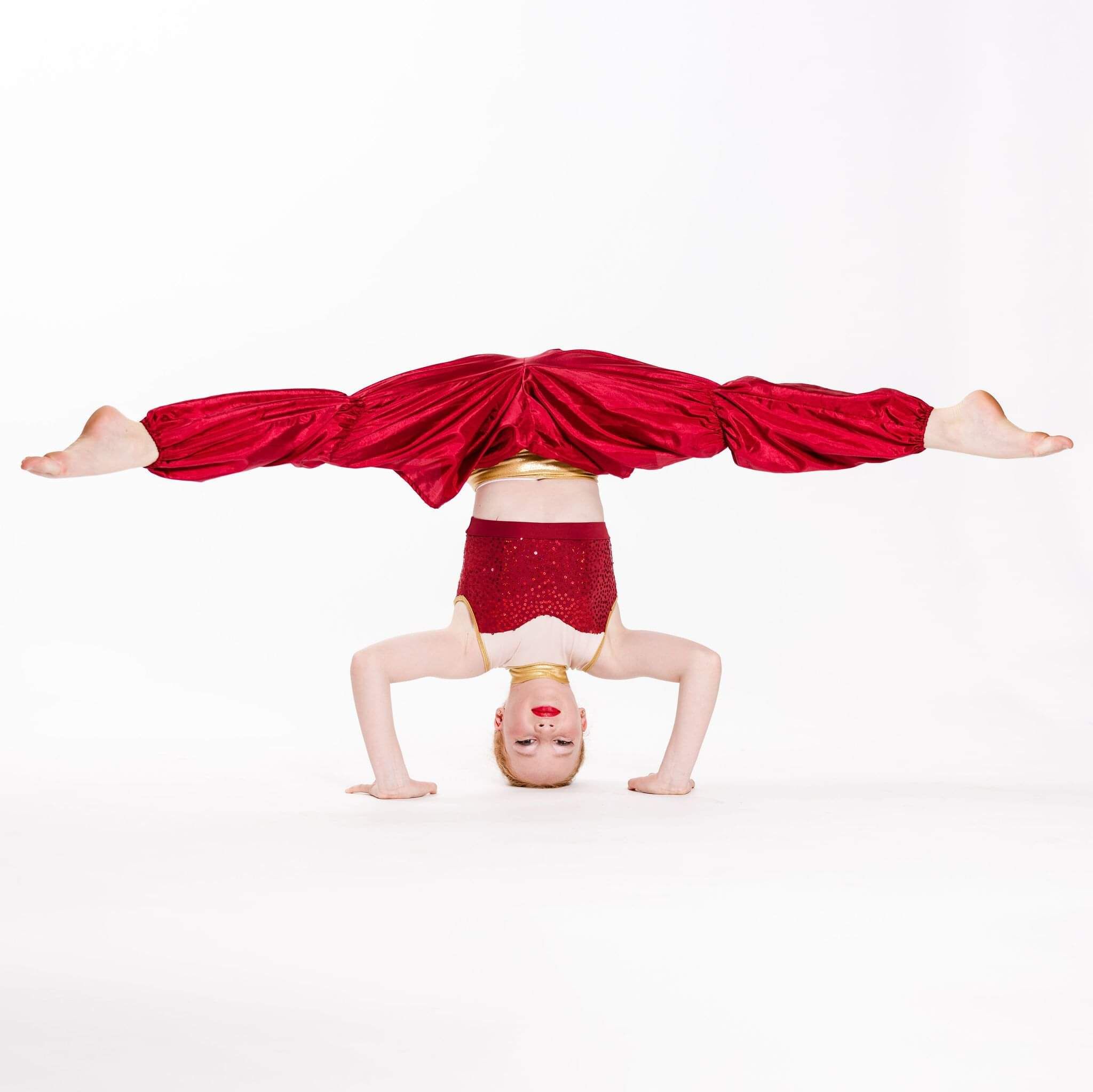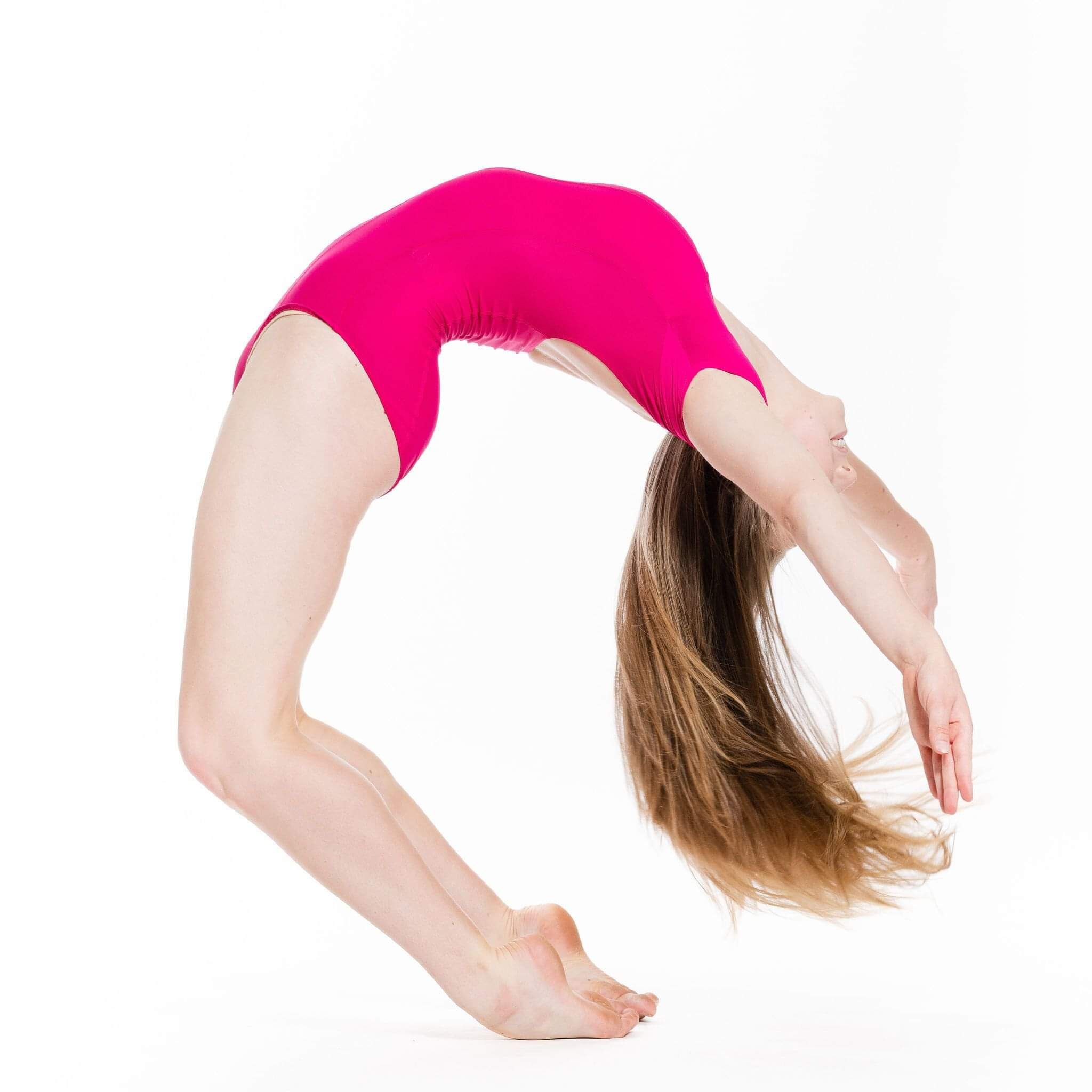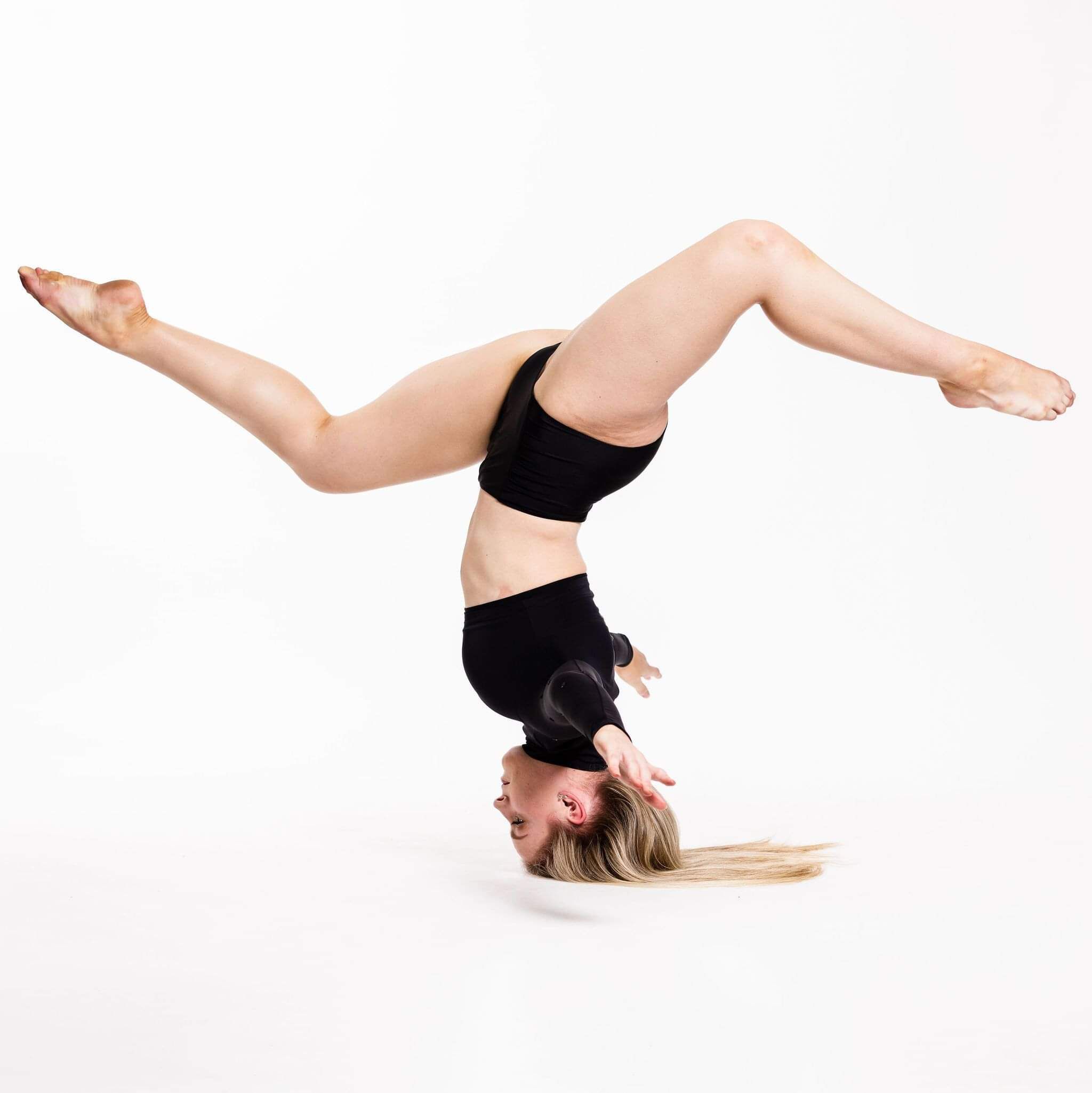Acro


What is Acro?
Because acrobatic movement complements many dance forms and shows up in dance choreography with increasing regularity, students wishing to improve their strength and flexibility choose to take acro dance. Our classes safely teach dancers the basics of acro and how to effectively incorporate these skills into dance. Students learn effective progressions within the five divisions of acro: flexibility, strength, balancing, limbering, and tumbling. Students are continuously challenged as they achieve the skills in their current level and, with teacher assessment and approval, may move through the levels as they accomplish their class goals. Our acro program accommodates dancers ages 3+ and spans nine different levels. We endeavour to teach proper technique and safe progressions over “quick tricks” in an effort to create strong, capable tumblers and dancers.

What is the difference between Acro and Gymnastics?
In short, gymnastics is a high intensity sport, and acrobatics is an art form. Acrobatics (or Acro for short) is a subset of gymnastics, and although the two share similarities, the approach to teaching and training are quite different.
Gymnastic tumbling is meant to be performed on a sprung floor with coils embedded in the mat for optimal lift on hard-hitting tumbling passes and protection from stressful, energetic landings. Acro supplements dance training and, although we use mats when learning new skills, acro dance is often taught on a sprung dance floor with the intent of being performed on a stage. In order to teach the body to withstand hard landings, acro aims to strengthen the dancer’s centre (hips, core, glutes) and emphasises full extension of the body in the air to make tumbling look graceful and landings seem weightless.
In gymnastics, the prep for tumbling is quite visible and typically consists of a a run. The tumbling is hard-hitting, intense, and full of tricks. In acro, tumbling is incorporated into dance as lyrically as possible. The lines are usually longer, the movement more fluid, and a combination of tricks and dance combine more seamlessly with a less obvious prep. In acro, we focus on lengthening out of the tricks, contorting the body, and holding balances that provide an interesting line of the body. The aim of acro is to use strength, flexibility, and balance to create stronger, safer, and more diverse dancers, which will, in turn, creates more impressive, exciting, and artistic dancing.
Our Acro Classes
Tiny Tumblers
This class is designed for ages 3-6. Students will learn basic tumbling skills as well as skills that will focus on improving balance, flexibility, and strength. Skills of focus include: forward rolls, pre-cartwheel, gallops, bridge, donkey kick, L handstand, skipping, and jumps. Students moving on from this level will need to demonstrate a cartwheel and handstand with correct form. Our Tiny Tumblers perform on stage at our pre-school showcase.

Level 1
Designed for students with a basic understanding of correct form and enough strength to properly progress, level 1 students will have had at least one year of tumbling experience. Skills of focus include: bridge, L handstand, cartwheel (right and left), pre-roundoff, skipping, straddle roll, bridge, V-Sit, handstand away from the wall, square hip split exercise and running cartwheel.
Level 2
Designed for the more advanced beginner, students at this level build and expand on the foundations of Level 1. Skills of focus for this class include: pre-splits, handstands, bridge with kick/jump, bridge with stacked mat, straddle roll, cartwheel with correct finish, round off, handstand facing away from the wall, down the wall backbend, and a series of strength exercises. Level 2 students will also begin the basics of partner work.
Level 3
Designed for the intermediate acro student, students at this level should be able to demonstrate a cartwheel on both sides as well as a round off. Skills of focus include: splits, bridge with kicks (right and left), backbend without a spot, bridge kickover, handstand to forward roll, one-handed cartwheel, backward roll, V-sit for 30 seconds, plank hold, tuck headstand, bridge with straight arms and legs, dive roll, front limber, and flying cartwheel. Level 3 - 8 will also incorporate partner work within the class.


Level 4
Building on the foundations of previous levels, students in this class should be able to demonstrate most skills listed for all other levels, especially a front and back walkover. Skills of focus include: splits, backbend to recovery, handstand balances, bridge kickover, chin stand and elbow balances, round off, dive cartwheels, and a series of balance and strength exercises. Partner work will also be incorporated in the class.
Students in this level are highly encouraged to take a complementary dance technique class (e.g. ballet, contemporary, or jazz).
Level 5-6
Levels 5-6 are designed for the advanced acro student. Students should be able to demonstrate skills listed from all previous levels and seamlessly incorporate skills into each dance genre. Students at this level will be assessed on the following skills at the end of the year: front walkover, back walkover, front handspring, standing back handspring, side aerial, splits, back arabian, dive front walkover, valdez, and a series of balancing tricks. Partner work and acro dance combinations will also be incorporated into this class.
Levels 5+ acro students are strongly encouraged to take a complementary dance technique class (e.g. ballet, contemporary, or jazz).